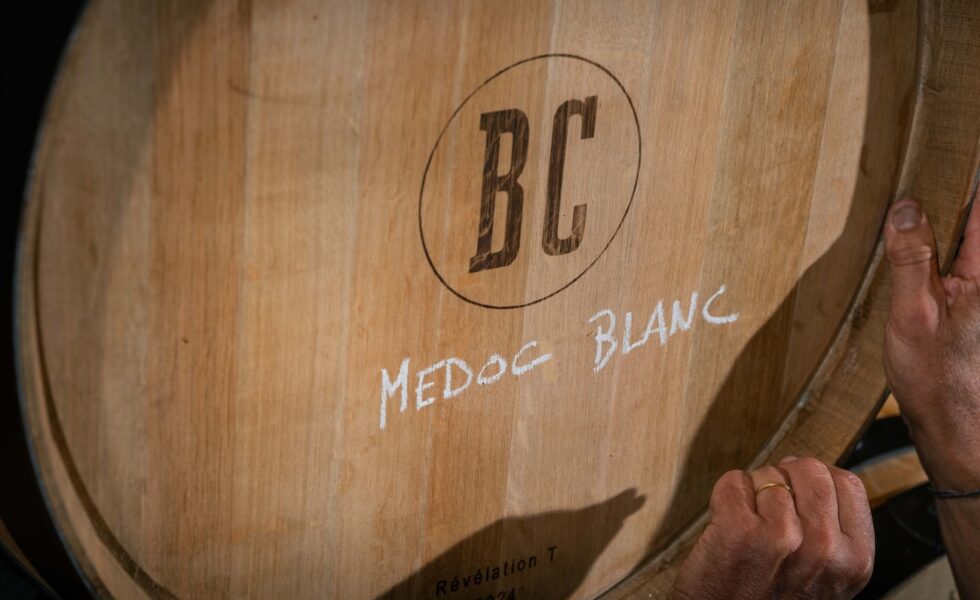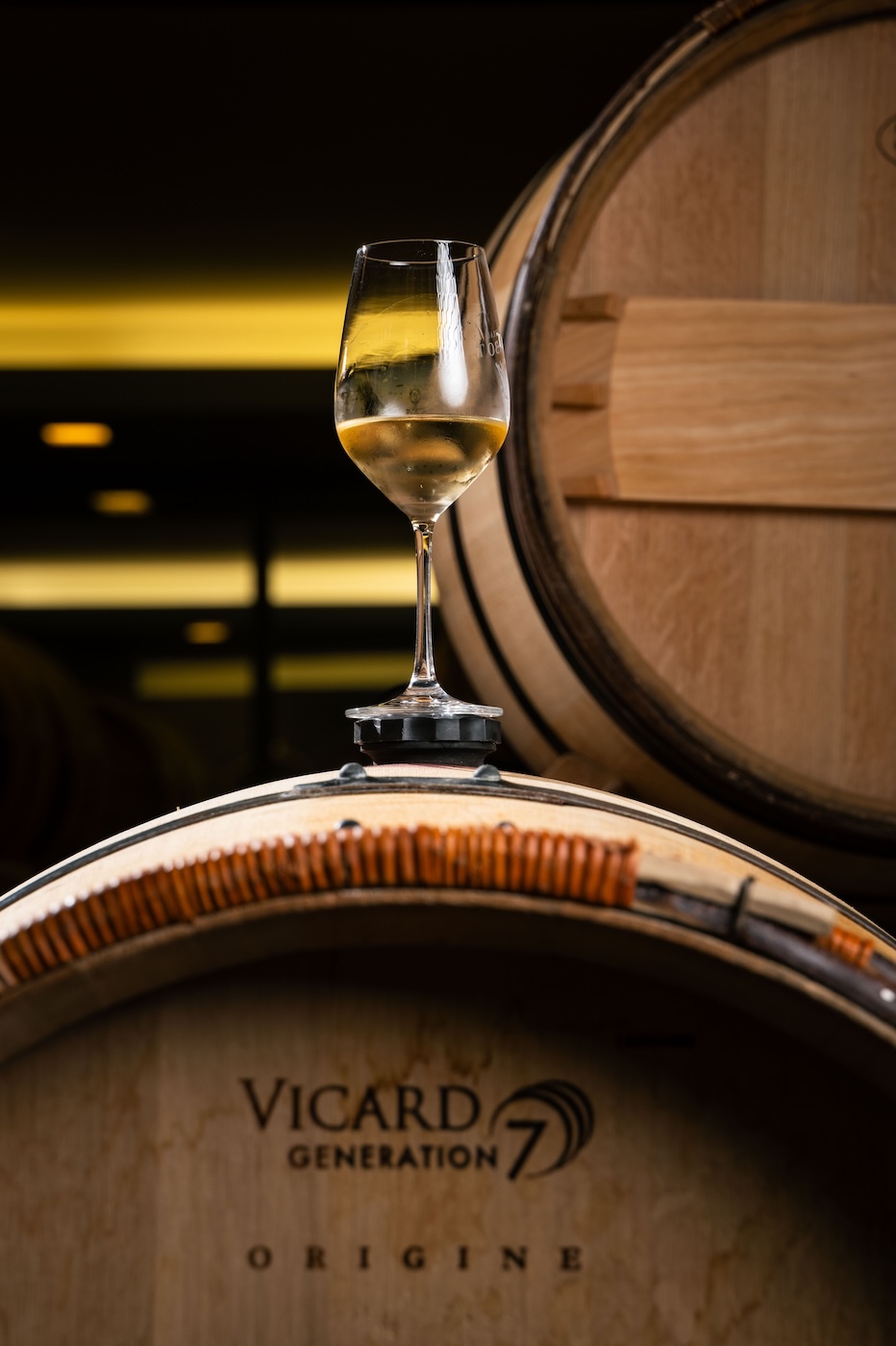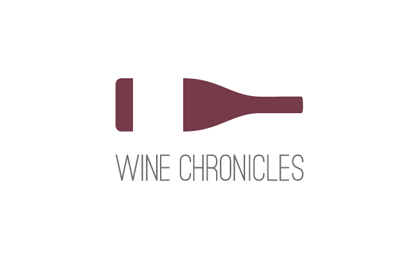Médoc Blanc officially born

The red stronghold has a white awakening — Bordeaux’s Médoc embraces a lighter side.
By Panos Kakaviatos for Wine Chronicles
14 October 2025
Last year, I wrote in Decanter of prospects for an official Médoc Blanc appellation. That consideration is now reality.
Starting with the 2025 vintage, winegrowers from all eight Médoc AOCs, including Margaux, Pauillac, Saint-Estèphe and Saint Julien, will be able to jointly produce wine under the Médoc Blanc moniker: “A small revolution”, according to a press release issued today by the Médoc, Haut-Médoc and Listrac-Médoc Wine Council, for an appellation previously reserved for red wines since its creation in 1936. Until this year, then, all white Médoc wines are identified as basic Bordeaux appellation wines.
Desired by an increasing number of winegrowers at châteaux across the Médoc, the Médoc Blanc appellation is both “recognition of a little-known tradition and a distinctive product, providing a strong guarantee of quality and authenticity,” so goes the press release.
The lofty words match some reality. Tasting Médoc’s whites can reveal stylistic and price diversity, as producers respond to rising consumer demand for lighter wines. Take for example merchants and enologists in Strasbourg, France. They professed elation over the “surprising freshness” of many white wines from the Médoc. “I was expecting oaky wines, coming from Bordeaux,” said Sylvain Girard who had hosted a tasting at his Strasbourg wine boutique Cave à Terroirs. Like so many autumn mushrooms, white wines have been popping up at rapid rate in the Médoc, and they are not oaky, but often fresh and zingy.
For Claude Gaudin, president of the Médoc, Haut-Médoc and Listrac-Médoc Wine Council, the official recognition of the region’s white wines is “not only a testament to the work of several generations of winemakers from across the Médoc peninsula, but also a burst of optimism for the future.” Referring to market interest for white, he adds that the white wines of the Médoc constitute a “new gateway to discovering (or rediscovering) the magnificent and wide range of our red wines.”

One of my favorite white wines from the Médoc, the Caillou Blanc of Château Talbot, in Saint-Julien (photo courtesy of Château Talbot)
Why Médoc Blanc?
The most well-known Bordeaux whites come from the classified Graves region – specifically from the 1987-created appellation Pessac-Léognan within Graves. Which avid Bordeaux wine drinker does not get excited when hearing the name Haut Brion, for white as well as red? Given the prominence of Pessac-Léognan, industry observers have been dubious about Médoc Blanc.
“A well-behaved Médoc must always be red,” Washington D.C.-based wine educator and former Washington Post wine columnist Ben Giliberti had told me. “Not a single white wine was included in the 1855 classification of the Médoc, and over the centuries, the word claret has become synonymous with Médoc: well-balanced, well structured, and red,” he explained. “For as long as Graves continues to exist, white Médocs are the answer to a question that nobody asked.”
But backers of Médoc Blanc point to a longer-than-expected history of white production there, reaching back to the 18th century. First Growth Château Margaux was making white wine in that century, says director Philippe Bascaules, even if the famous Blanc Pavillon Blanc brand was established in 1920. Château Loudenne, in Saint-Yzans-de-Médoc, bills itself as the oldest consecutive producer of dry whites, with annual production starting in 1880.
That history, once nearly forgotten, is now being written anew. Today, white Médoc has made a confident return, and when I attend tastings in the region, I increasingly look forward to discovering estate whites — many of them remarkably good, from Talbot and Lagrange to Cos d’Estournel and Le Merle Blanc of Château Clarke, a favorite of mine for its excellent price-to-quality ratio.
So, cheers to Médoc Blanc — proof that even in Bordeaux’s reddest heart, there’s room for a white wine magic. 🥂✨
 Wine Chronicles
Wine Chronicles
Share This